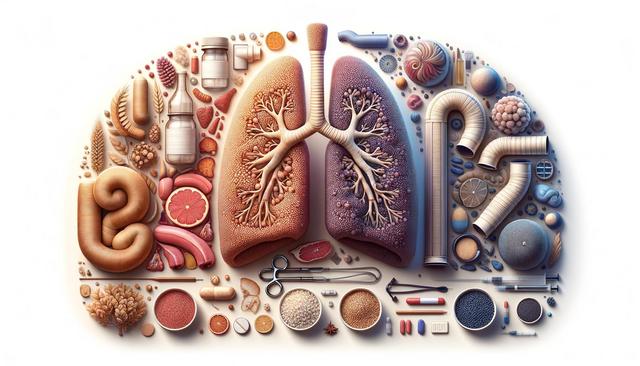What Is COPD and How Is It Staged?
Chronic Obstructive Pulmonary Disease (COPD) is a long-term lung condition that causes breathing difficulties due to obstructed airflow. It is a progressive disease, which means symptoms worsen over time. COPD is commonly caused by long-term exposure to irritants such as cigarette smoke, air pollution, or occupational dust. The disease is typically staged to assess its severity and guide treatment decisions. Staging is often based on a combination of symptom severity, airflow limitation measured by spirometry, and the frequency of exacerbations.
The Global Initiative for Chronic Obstructive Lung Disease (GOLD) provides a commonly used framework for staging COPD. It divides the disease into four stages from mild to very severe. These stages are determined by the forced expiratory volume in one second (FEV1), a key measure in lung function tests. In addition to airflow limitations, GOLD also considers symptom burden and exacerbation history to categorize patients into groups (A–D), which helps to tailor treatment.
Stage 1: Mild COPD
The first stage of COPD, often called mild COPD, is typically characterized by minor airflow limitation. Many individuals may not even be aware they have the condition at this point, as symptoms can be subtle or mistaken for normal aging or a common cold. Spirometry results show an FEV1 of 80% or more of the predicted value.
Common symptoms in this stage include:
- Occasional shortness of breath, especially during physical activity
- Chronic cough with or without mucus production
- Frequent throat clearing
People at this stage are often advised to quit smoking, avoid lung irritants, and begin a light exercise routine to improve overall lung function. Early diagnosis and lifestyle changes can significantly slow down disease progression.
Stage 2: Moderate COPD
In the moderate stage, individuals begin to notice more apparent symptoms that impact their daily lives. Spirometry results indicate an FEV1 between 50% and 79% of the predicted value. This stage is often when people first seek medical attention due to worsening symptoms.
Symptoms can include:
- Increased shortness of breath, even with minimal exertion
- More persistent coughing and mucus production
- Fatigue and reduced exercise tolerance
Treatment at this stage may involve the use of bronchodilators to help open the airways, pulmonary rehabilitation programs, and influenza and pneumococcal vaccinations to prevent respiratory infections. Regular monitoring becomes essential to manage symptoms and adjust treatment plans as needed.
Stage 3: Severe COPD
Severe COPD significantly affects quality of life. At this point, lung function is more compromised, with FEV1 values between 30% and 49% of the predicted level. Daily activities become increasingly difficult, and flare-ups or exacerbations become more frequent and intense.
Typical symptoms include:
- Severe breathlessness during simple tasks like walking or dressing
- Frequent respiratory infections
- Increased need for medications and medical care
Management strategies for this stage may involve the use of long-acting bronchodilators, corticosteroids, and oxygen therapy. Pulmonary rehabilitation remains a critical component of care, and patients might be referred to specialists for more intensive treatment options. Emotional support and counseling can also be helpful, as living with severe COPD can be mentally and emotionally challenging.
Stage 4: Very Severe COPD
The final stage of COPD is marked by extreme airflow limitation, with FEV1 values less than 30% of the predicted value. At this point, the disease is life-limiting, and individuals may experience significant disability. Hospitalizations due to exacerbations become more frequent, and overall health tends to decline rapidly.
Symptoms at this stage can include:
- Chronic respiratory failure
- Low blood oxygen levels
- Swelling in the legs and feet due to heart strain
- Severe fatigue and weight loss
Treatment focuses on improving quality of life and minimizing discomfort. Palliative care may be introduced to help manage symptoms and provide emotional and psychological support. In some cases, lung transplantation might be considered for eligible candidates. End-of-life planning and support for caregivers are also important components of care at this stage.
Conclusion: Navigating COPD with Knowledge and Support
Understanding the stages of COPD is crucial for managing the disease effectively and improving patient outcomes. Each stage presents its own challenges, but with proper diagnosis, treatment, and support, individuals can maintain a better quality of life. Early intervention, lifestyle changes, adherence to treatment plans, and regular follow-ups with healthcare providers are key strategies to slow disease progression. Whether you or a loved one is living with COPD, staying informed and proactive can make a significant difference in managing the condition over time.












